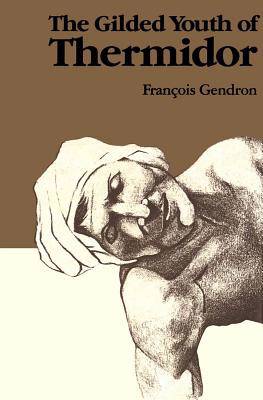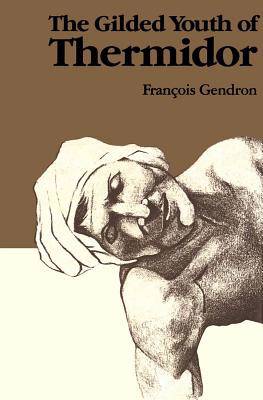
- Afhalen na 1 uur in een winkel met voorraad
- Gratis thuislevering in België vanaf € 30
- Ruim aanbod met 7 miljoen producten
- Afhalen na 1 uur in een winkel met voorraad
- Gratis thuislevering in België vanaf € 30
- Ruim aanbod met 7 miljoen producten
Zoeken
€ 172,45
+ 344 punten
Omschrijving
The jeunesse dorée, or gilded youth, were a parallel militia recruited from the ranks of minor officials and small shopkeepers. They formed a distinctive subculture, defined by age and social origin, with their own forms of extravagant dress, their own anthem (Le Réveil du Peuple), their own affectations of speech, their own regular meeting-places in the cafés of the Palais-Royal, and even their own passwords, which were usually indirect references to Louis XVII. Gendron sees them as the shock-troops of the Thermidorian Convention, encouraged and sometimes employed by its Committee of General Security to force the pace of the reaction against the terrorists, the sans-culottes. This provocation led to the uprisings of Germinal and Prairial and the consequent eviction of the sans-culottes from the political arena. Social historians such as Albert Soboul have written mainly about the sans-culottes at the peak of the Revolution. In focusing on the jeunesse dorée, Gendron highlights the ways in which, although initially used as a means to counteract the revolts of the sans-culottes, they were to become one of the driving forces of the reaction, carrying the Convention well beyond its political aims. This work, available in French since 1979, won the Médaille d'Argent du Prix Biguet (Académie Française). This translation will be welcomed by English-speaking historians and students of the French Revolution.
Specificaties
Betrokkenen
- Auteur(s):
- Uitgeverij:
Inhoud
- Aantal bladzijden:
- 212
- Taal:
- Engels
Eigenschappen
- Productcode (EAN):
- 9780773509023
- Verschijningsdatum:
- 5/03/1993
- Uitvoering:
- Hardcover
- Formaat:
- Genaaid
- Afmetingen:
- 157 mm x 231 mm
- Gewicht:
- 498 g

Alleen bij Standaard Boekhandel
+ 344 punten op je klantenkaart van Standaard Boekhandel
Beoordelingen
We publiceren alleen reviews die voldoen aan de voorwaarden voor reviews. Bekijk onze voorwaarden voor reviews.











